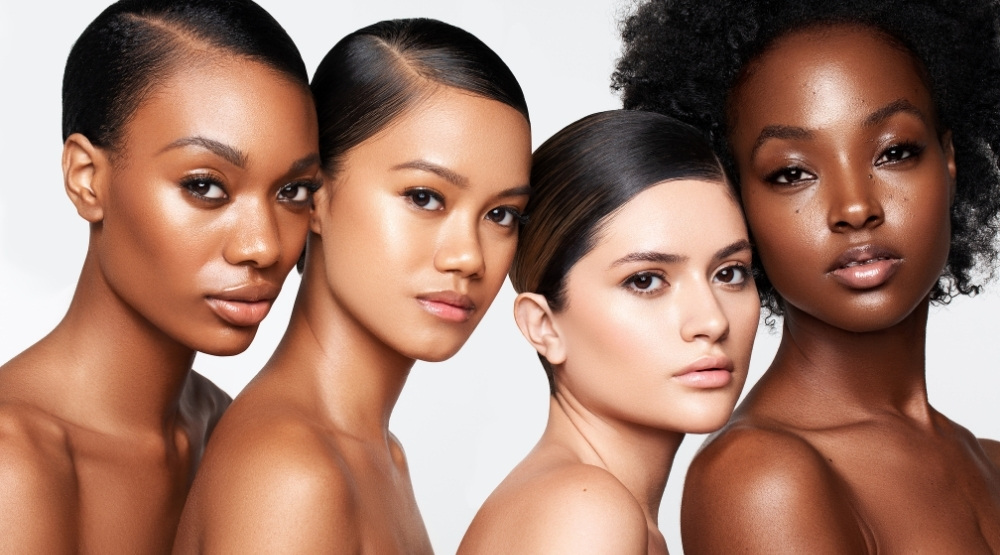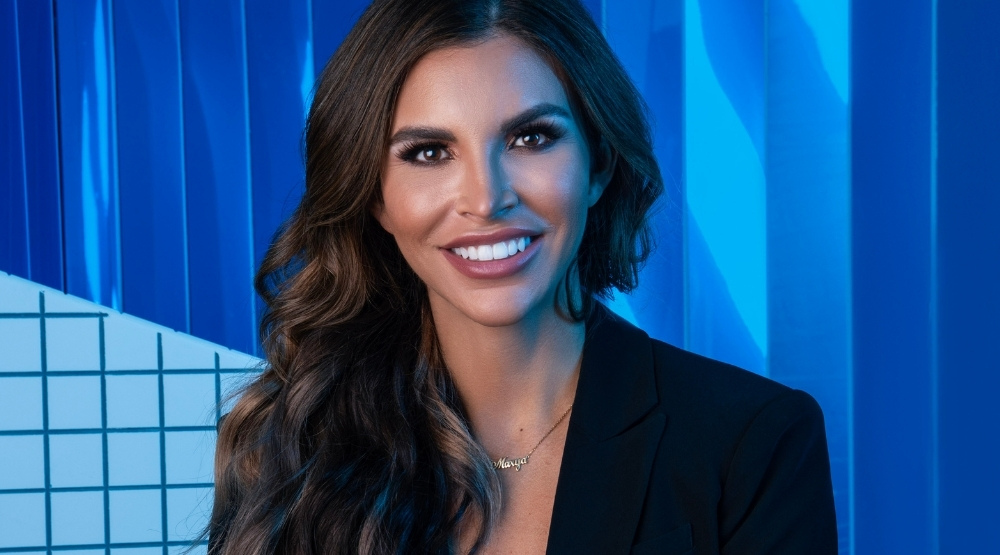Inclusivity is finally getting due attention in the beauty industry. It’s crucial that products cater to people of different ethnicities, abilities and gender preferences and that they’re reflected in marketing materials. But it also means making sure training and education across the scope of beauty treatments is tailored to not just Causcasian clients and their skin types but to all skin types, for example. But until now there hasn’t been a focus on creating educational rubrics for the professional treatment of melanin-rich skin. The Vitality Institute is changing that with its newly launched Brown Skin Agenda to promote the advancement of treatment protocols and skincare solutions for skin of colour patients.
Professional Beauty chatted with Vitality Institute “SHEO” Marya Khalil about this new initiative and why it’s so important. She talks about the changing demographics of the US population – 40% are now people of colour – and similar shifts are happening in Australian demographics. Our 2016 census data showing approximately 30% of the local population having been born overseas and that number is growing, with the UK, China and India the three biggest sources of overseas-born residents.

When we asked Marya what the driving force behind the newly launched Brown Skin Agenda was, she says that “The 2020 US census shows that over 40% of the population are skin of color. Yet less than 10% of all US Dermatologists and Plastic Surgeons are either Black or Hispanic. On top of that, I have personally heard stories from consumers expressing the fact that they have been turned away for treatment because the practice had no options for them.
Through The Brown Skin Agenda, and my skincare company the Vitality Institute, we will promote the advancement of treatment protocols and skincare solutions for skin of color patients. Our mission is to provide safe and effective guidance from an esteemed panel of physicians so that ALL skincare professionals can confidently treat skin of color.”
And she’s actually pretty positive overall about the adoption of inclusive practices by professional beauty, noting that when consumers of colour asked for solutions, the industry has, in some corners, been quick to respond. “I think that it has taken BIPOC consumers to finally say ‘I want solutions.’ Good enough, just isn’t enough anymore. Speaking as a person of color myself, I no longer just accept that this is the best my hair can be or the best that my foundation can do. I now expect beauty brands and service providers to help me address my hair, skin, and color cosmetic needs. And, in turn, pro beauty is responding to the demand.”
But the change that needs to happen goes deeper than just what we see. It’s what we know. “I believe the changes need to be bigger than just models with skin of color on a brand brochure,” says Marya. “We need a much broader range of professional education and must incorporate BIPOC into all product testing and trainings. That’s the foundation. Then we need greater outreach to consumers, sharing our knowledge of solutions and how to maintain healthy hair and skin.
Over 40% of the US population is currently BIPOC, and this number is growing every year. It matters if you want to have a solid business. It matters if you want to offer amazing services to ALL people. It matters!”
How to protocols differ for different ethnicities and skin types? Widely, it turns out. But most skin conditions and treatments are shown on Caucasian skin. Marya says “When you’re doing more intensive skincare treatments, there are things that you need to be more careful about that you don’t have to necessarily worry about if you’re treating lighter skin tones. For instance, inflammation can cause damage in skin of color that doesn’t tend to happen in lighter skin. When skin of color gets burned, it gets a brown spot. When skin of color has acne, it can result in PIH. Keloids is an issue that disproportionately occurs in skin of color, especially Black skin. If they get a scar, or have a surgical procedure where they have an incision, they can actually keloid, a raised, darker scar which is a very difficult thing to predict and treat.”
When asked what things can salon owners do right this minute to start working on their inclusion, Marya goes back to education. “I deal with medical professionals day in and day out! It takes courage to say, ‘I know I’ve been doing this a long time, but I need to learn more.’ And that’s the first step.”
She says “The second step is to make it a priority. It’s too easy to attend one webinar and think you’re an expert. Continually understanding the unique needs of skin of color is an ongoing process.”
When asked why the industry is finally starting to change in earnest, Marya says “Honestly, it’s not the industry driving the change. It’s the consumer. She wants results, and she wants them now. Let’s not disappoint her. Let’s offer her the very best service, best treatment, and most effective solution. She deserves it.”
To find out more about The Brown Skin Agenda or register for a webinar to learn more about professional beauty treatments and protocols for clients of colour, visit The Brown Skin Agenda.
—
Read the current issue of our digital magazine here:
- For news and updates, subscribe to our newsletter.
- Follow our Instagram for beauty news, memes and more
- Like our Facebook page for updates and beauty industry news
- Join one of the biggest beauty professional communities on LinkedIn
—
Have an idea for a story or want to see a topic covered on our site and in our pages? Get in touch at info@professionalbeauty.com.au.

